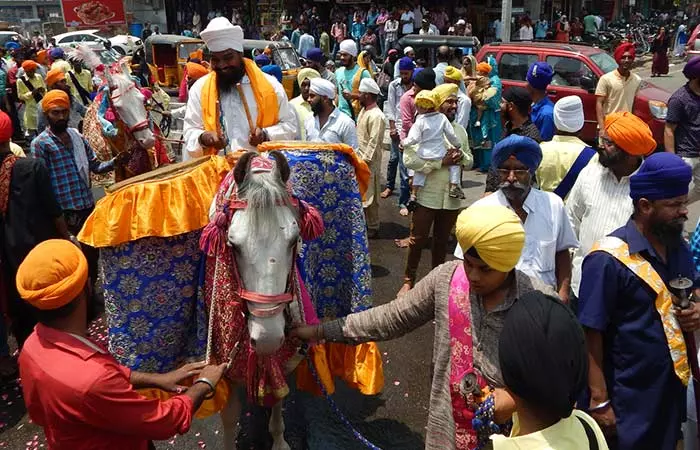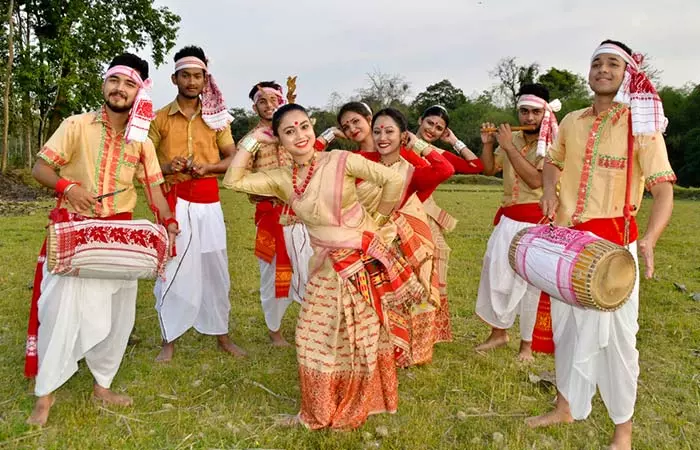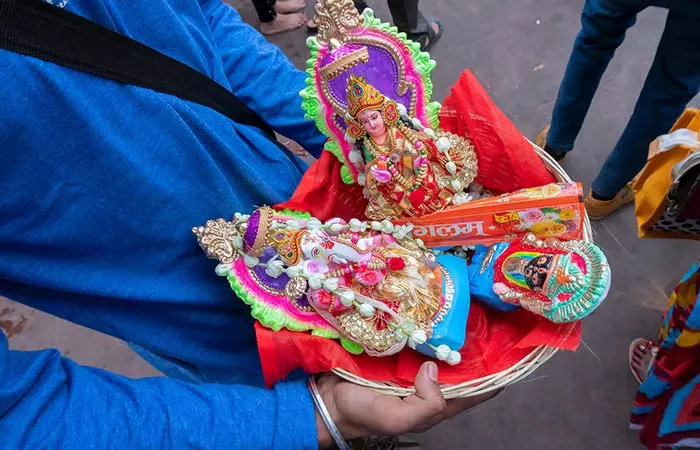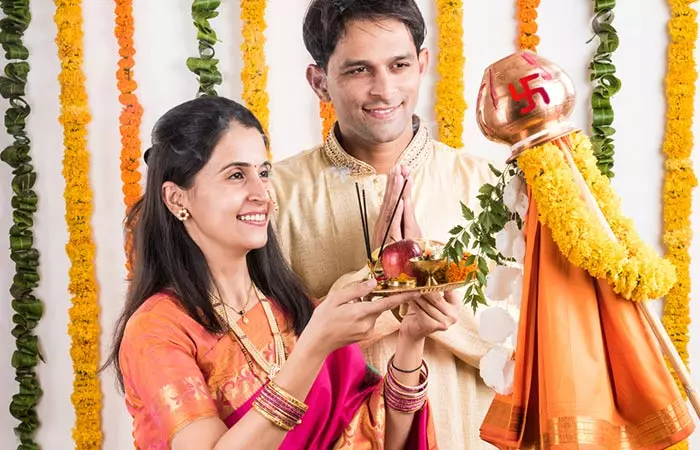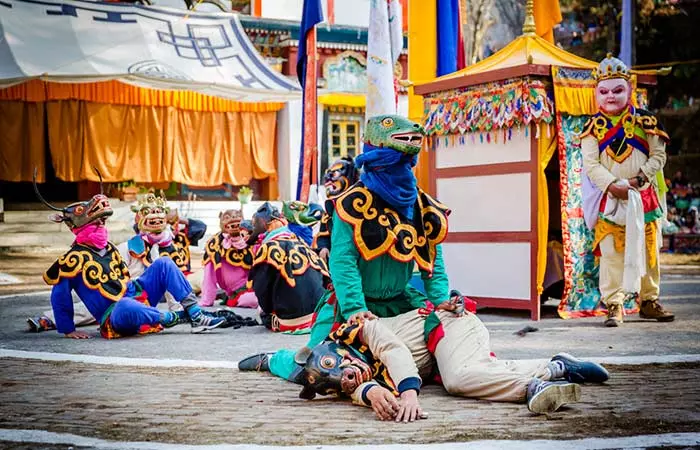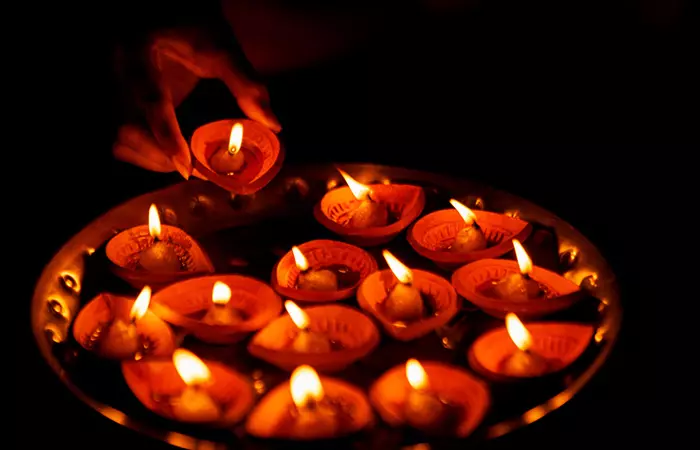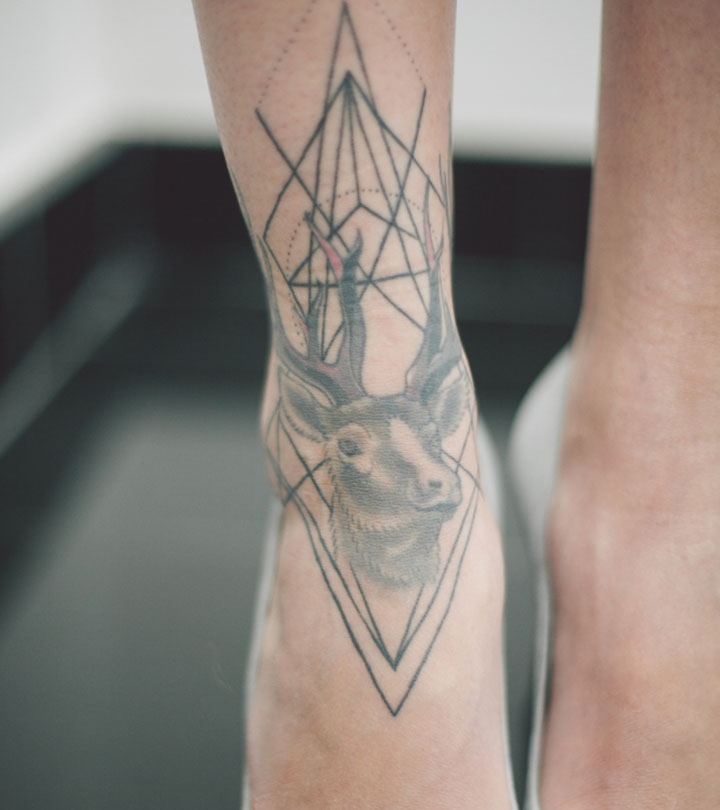Bihu, Gudi Padwa, Baisakhi, Vishu, & More — What The Different New Years Of India Mean
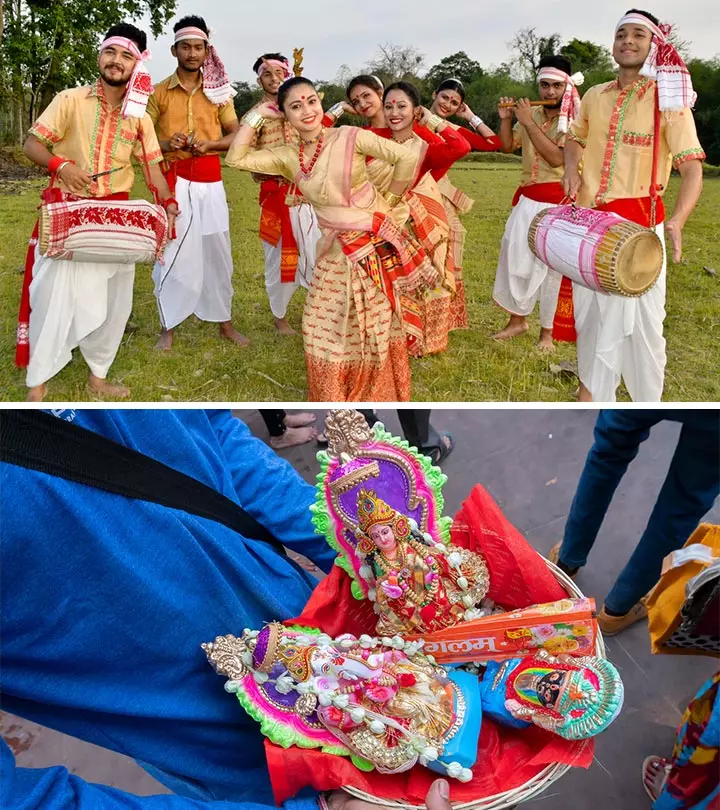
Image: Shutterstock. iStock
While the New Year is celebrated on January 1st every year, this is not the case for every country. Although India does join in the New Year festivities and participates in the global New Year, we Indians celebrate many New Years’ at different times of the year. Due to the large mix of cultures, regions, and religions, each has its own cultural significance and identity. So it’s finally that time when we get to catch the first glimpse of India’s diverse cultures. The Northern, Western, Southern, and Eastern parts of our country ring in the New Year by celebrating the year’s first harvest. While some states celebrate their New Year at a different time of the year, most of these festivals fall around the same time as each other. So let’s take a look at nine ways Indians celebrate their respective states’ New Year:
1. The Harvest Festival Of Punjab: Baisakhi
In 2021, Baisakhi will be falling on April 14th. This day holds a lot of significance to Punjabi people as it was the day that Guru Gobind Singh asked people to follow Sikhism in the year 1699 and formed the Khalsa community. Guru Gobind Singh was the tenth Guru of Sikhs. The states of Haryana, Punjab, and certain parts of Delhi celebrate the occasion with a lot of fanfare. Those celebrating the festival come together, perform gidda, and bhangra on their traditional folk songs while playing dhols. The Sikh community observes this day as a day of giving thanks for a bountiful harvest and they also pray for their future prosperity.
2. Malayalam New Year: Vishu
Vishu is the festival of fireworks and lights, and it is celebrated all across Kerala and in certain parts of the neighboring state of Karnataka. Those celebrating the festival decorate their homes with lights, diyas, and fireworks. Many unique traditions are celebrated by those observing the festival. They buy new clothes for the occasion (Puthukodi), give money as the first gift of the year (Vishukkaineetam), and feast on items that taste sweet, salty, bitter, and sour (also called Sadya). They also make a ritual arrangement in the prayer room of their house. This arrangement includes a list of items that are believed to bring prosperity into the home — fruits, rice, vegetables, areca nut, metal mirror, betel leaves, yellow flowers, coins, and holy texts. The items that are arranged are kept together a night before Vishu.
3. Harvest Festival Of Assam: Bihu
Bohag Bihu is observed on April 15th and celebrated across the state of Assam, and parts of West Bengal and Manipur. Assamese folks commemorate the festival of Bihu thrice a year. These distinct celebrations signify the various farming cycles — Magh Bihu in January, Rongali Bihu in April, and Kongali Bihu in the month of October. On Bohag Bihu, special delicacies like pitha, chira, and mangsho are prepared. Men, women, and children are seen feasting, seeking blessings from their elders, singing, donning new clothes, and performing their traditional dances.
4. Tamil New Year: Puthandu
In 2021, Puthandu falls on April 14th. It is celebrated in Tamil-dominated countries like Sri Lanka, Mauritius, and parts of India. According to Varusha Pirappu (the Tamil calendar), Puthandu notes the first day of the first month, which is called Chithirai. The celebrations of Puthandu are very similar to that of Vishu. One night before the auspicious day, a tray of betel leaves, silver jewelry, fruit, gold ornaments, money or coins, and flowers are kept together in the prayer room so that the Lord views them first thing in the morning. Tamilians and those who celebrate the festival believe that the first view of these auspicious items will bring them prosperity and happiness for the entire year.
5. Bengali New Year: Pohela Boishakh
During this year, the festival of Pohela Boishakh will fall on April 15th in the state of West Bengal and in certain parts of Tripura. If you follow the Bengali calendar, the first day of the first month is marked as Boishakh. Those celebrating the festival thank their divine forces for proving the harvest for the previous year and the harvest that is going to follow. People decorate their houses and make rangolis in their courtyards out of a paste of water and rice (called alpona). On this auspicious day, families get together and celebrate the year with Bengali folk songs and dance in their traditional attires. They hold small gatherings where adults and children alike partake in fun activities like painting, dancing, drawing, singing, poetry recitation, and more.
6. Gudi Padwa
The festival of Gudi Padwa is celebrated in the Western states of Maharashtra and Goa, as well as certain parts of Karnataka. It is noted as a springtime festival, and it falls on the first day of Chitra. A gudi is decorated with flowers and topped off with an inverted vessel. It is then placed outside the home. Those celebrating the festival clean their homes and new pairs of clothes are bought. Yummy savories like puran poli, shrikhand, and more are prepared.
7. Ugadi
Ugadi is celebrated as the New Year for Hindus residing in the states of Telangana, Karnataka, and Andhra Pradesh. Exquisite floor decorations are made, and the decor is themed in mango leaves that are placed across the window. On this day, donations are made to temples and religious institutes across the states, and special dishes like pulihora, bobbatlu, and pachadi are prepared.
8. Losoong
The Sikkim New Year is celebrated in the last month of the year. It is based on the Tibetan Lunar calendar. It is the traditional festival of a tribe known as the Bhutia tribe, but the Lepchas tribe also celebrates it, and they call it Namsoong. The communities commemorate the occasion by burning a demon and organizing various competitions. They also offer prayers in their monasteries.
9. Nav Waras
Nav Waras (also known as Bestu) is the New Year celebrations of the states of Gujarat and some parts of Maharashtra. The festival falls just one day after the holy festival of Diwali. Those observing the festival wear traditional costumes and decorate their homes with lights and diyas.
While people celebrate the New Year in different ways from across the country, it’s interesting how diverse the celebrations are and how every state has its own traditions. India truly shows its diversity with the number of festivals and occasions celebrated. Do let us know all of your thoughts on this article in the comment section below.


